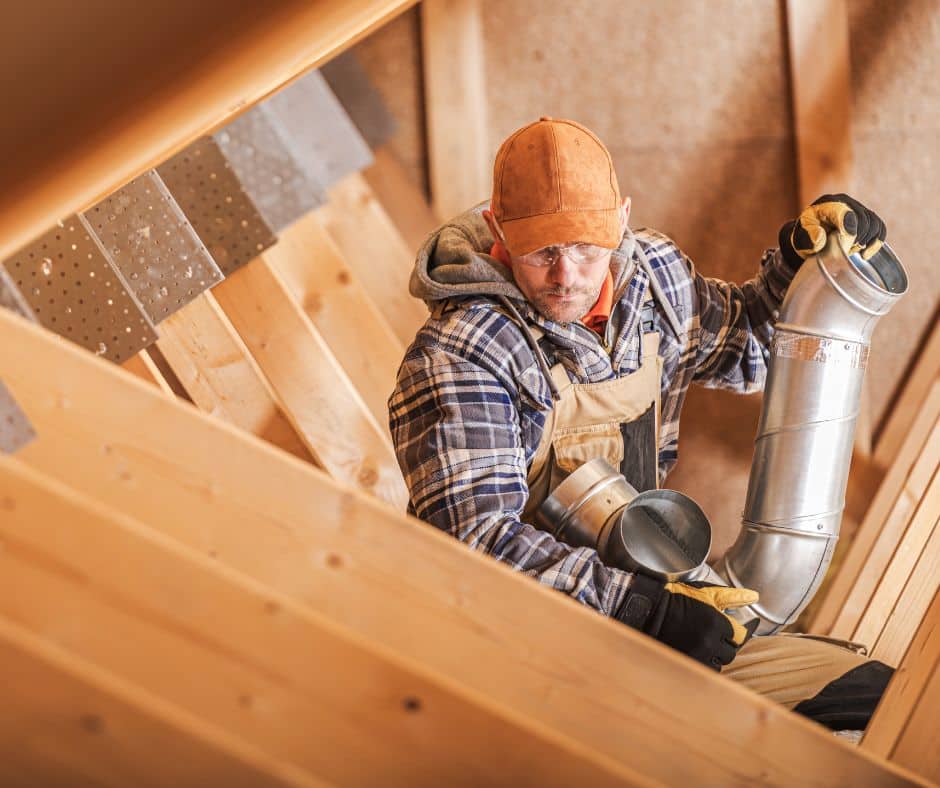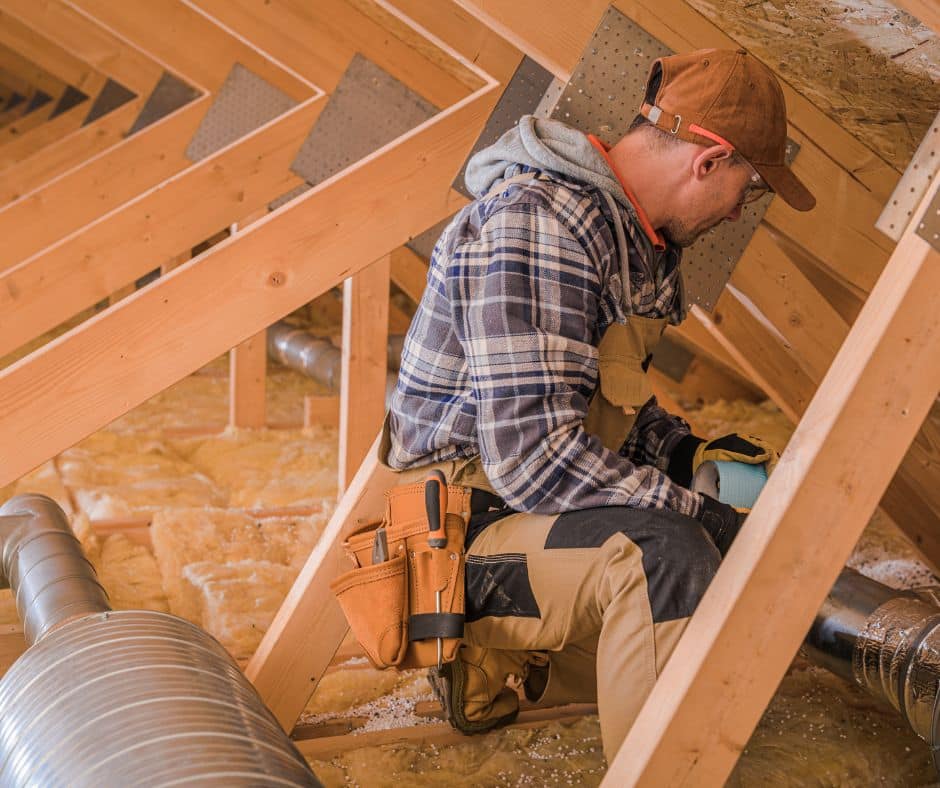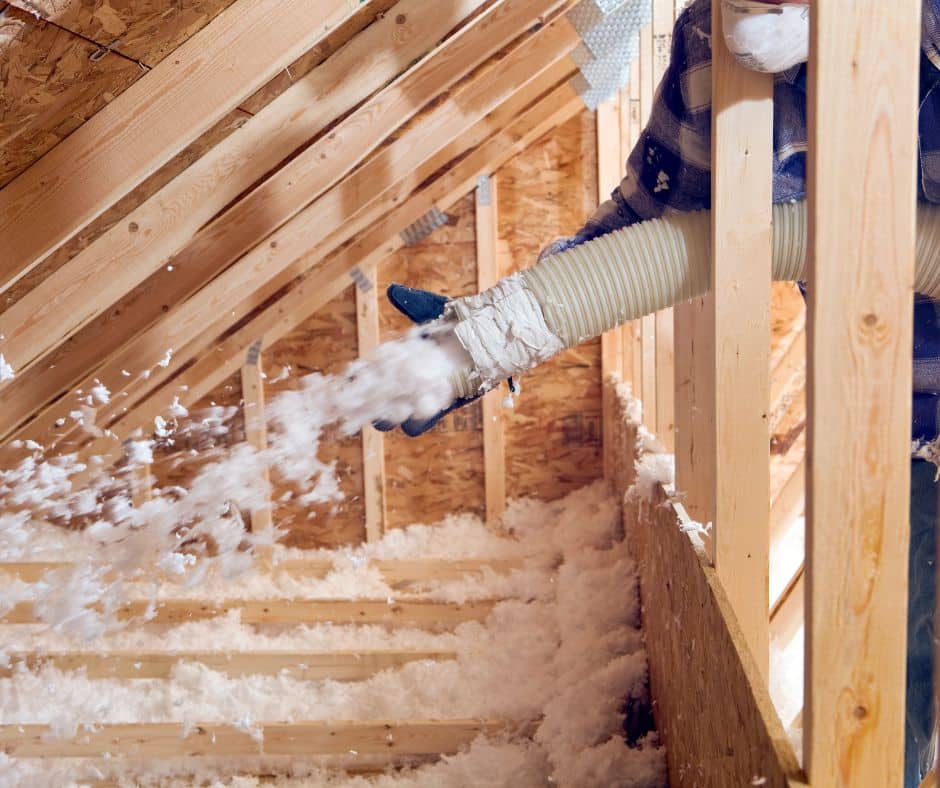What is an Insulation Vacuum and How Does It Work?

When it comes to roofing, insulation vacuuming is an essential step in the process of replacing or upgrading insulation. It is particularly important when adding new insulation on top of the old insulation or installing a new roof. Removing old or damaged insulation is necessary to create space for the new insulation to be installed properly.
Insulation vacuum, also known as insulation removal equipment, is a tool used to remove old or damaged insulation from the walls, ceilings, and roofs of buildings. It helps the roof by removing old, damaged, or insufficient insulation that can lead to energy loss and increased heating or cooling costs.
When insulation in the roof becomes inadequate, it can lead to air leaks, which can result in energy losses through the roof. Insulation vacuum helps by removing the old insulation, which may have settled or become compacted over time, and replacing it with new, more efficient insulation. This process can help improve the energy efficiency of a building and reduce heating and cooling costs.
In addition to improving energy efficiency, insulation vacuuming can also help with moisture control. Moisture buildup in the roof can lead to mould growth, which can cause health problems and damage the structure. By removing the old insulation and any moisture that may be present, insulation vacuuming can help prevent these problems.
If you are planning to replace or upgrade your roofing insulation, it is best to hire a professional insulation contractor who has experience with insulation vacuuming. They will be able to safely and efficiently remove the old insulation and prepare your roof space for the new insulation installation.
When Should Insulation Be Removed?
Insulation makes you comfortable while protecting your home from excessive temperature changes. You have a problem on your hands if the insulation stops functioning properly. Insulation that has been exposed to mold can have a negative impact on your health as well as the structural soundness and safety of your home.

The insulation vacuuming process for roofing typically involves the following steps:
- Preparing the Work Area: The insulation contractor will prepare the work area by setting up protective coverings over any exposed surfaces such as floors, walls, and furniture to prevent debris from getting into them.
- Removing the Old Insulation: The contractor will then use a specialized insulation vacuum machine to suck up the old insulation material from the attic or roof space. The machine is typically mounted on a truck outside the building and has a long hose that extends into the work area.
- Collecting the Debris: As the old insulation is removed, it is collected in a large bag or container attached to the vacuum machine. The contractor will periodically empty the bag or container as needed to ensure that the machine continues to work efficiently.
- Inspecting the Roof Space: Once all of the old insulation has been removed, the contractor will inspect the roof space for any signs of damage or issues that may need to be addressed before installing new insulation.
- Installing New Insulation: Finally, the contractor will install new insulation in the roof space, either by blowing it in or laying it down in batts. This will help to improve the energy efficiency of the building and reduce heating and cooling costs.
Insulation vacuuming has several benefits, including:
- Improved energy efficiency: Over time, insulation in walls, attics, and other areas can become compacted, settle, or become damaged, leading to air leaks and energy loss. By removing the old insulation and replacing it with new, more efficient insulation, insulation vacuuming can help improve energy efficiency and reduce heating and cooling costs.
- Enhanced indoor comfort: Proper insulation helps regulate the temperature and humidity levels inside a building, making it more comfortable to live or work in. Insulation vacuuming can help ensure that the insulation is working properly to keep the indoor environment comfortable.
- Better indoor air quality: Old insulation can trap dust, dirt, and other pollutants, which can negatively affect indoor air quality. By removing the old insulation, insulation vacuuming can help improve indoor air quality and reduce the risk of respiratory problems.
- Prevents moisture buildup: Insulation vacuuming can also help prevent moisture buildup in the walls, attic, or crawl spaces of a building. Moisture buildup can lead to mold growth and structural damage, which can be costly to repair.
- Extends the life of the roof: Proper insulation can help protect the roof from damage caused by temperature fluctuations and moisture buildup. Insulation vacuuming can help ensure that the insulation is working properly to protect the roof and extend its lifespan

Overall, insulation vacuuming can help improve the energy efficiency, indoor comfort, indoor air quality, and structural durability of a building.
At All Weather Exteriors winnipeg roofing, we are experts at insulating your home and removing obsolete insulation efficiently and safely. A highly qualified staff is assigned to remove your insulation following an evaluation by one of our trained crews. We remove the insulation and any impurities that may be present using a high-grade insulation vacuum.
